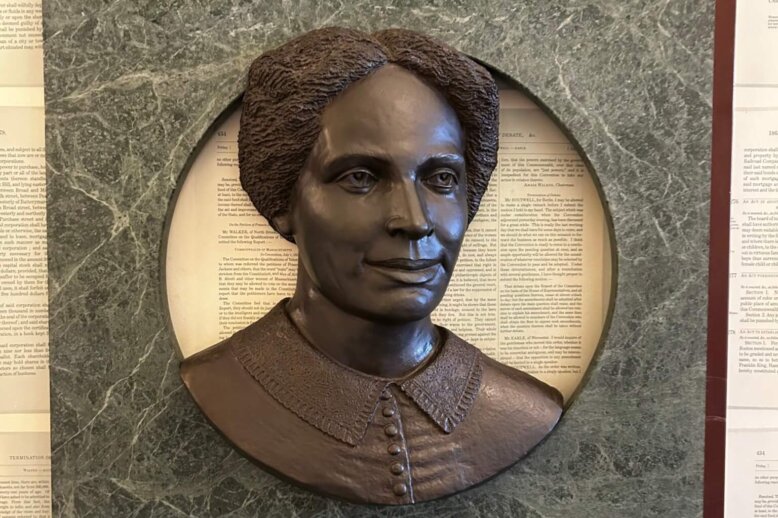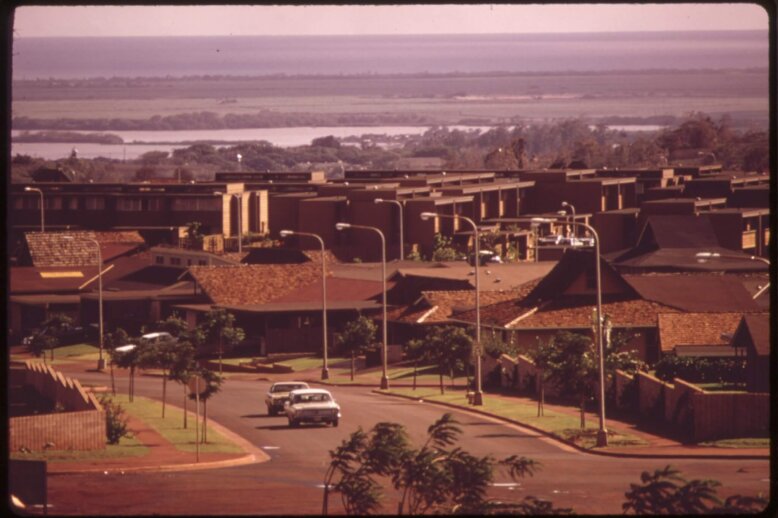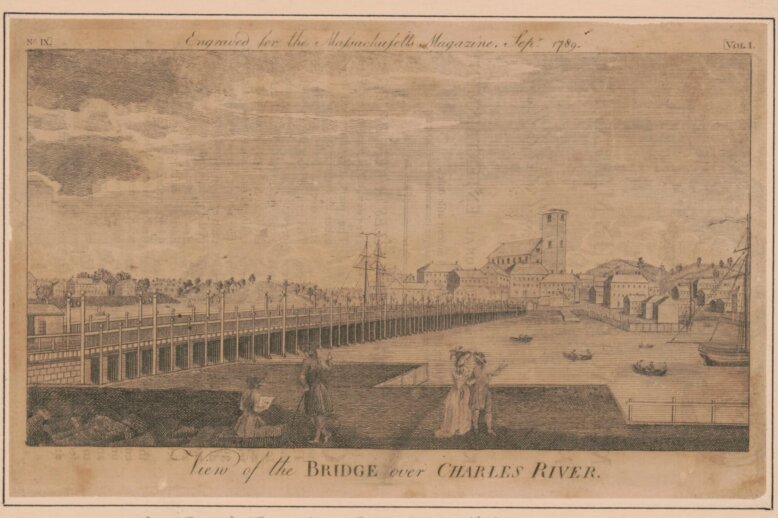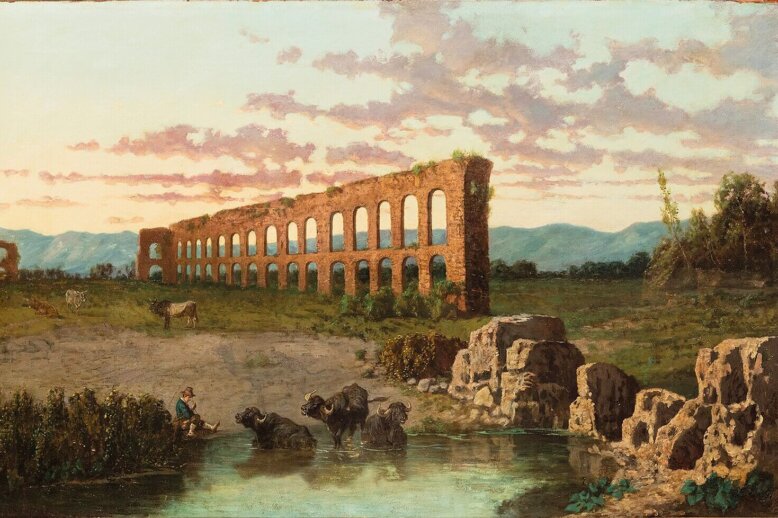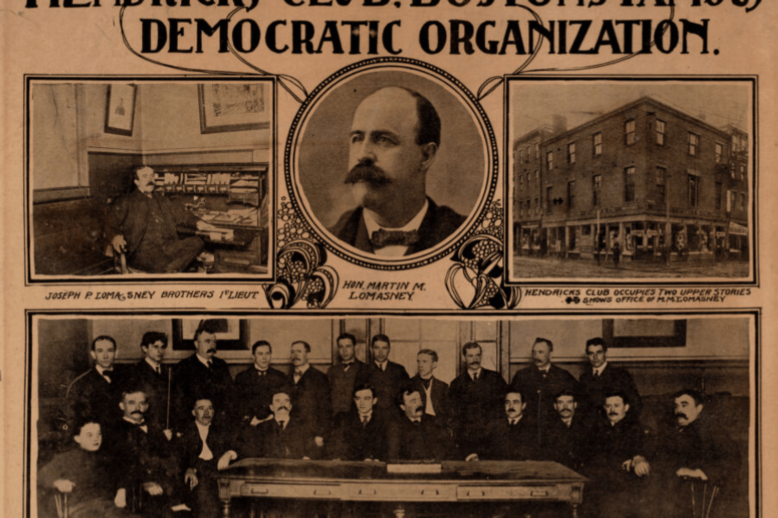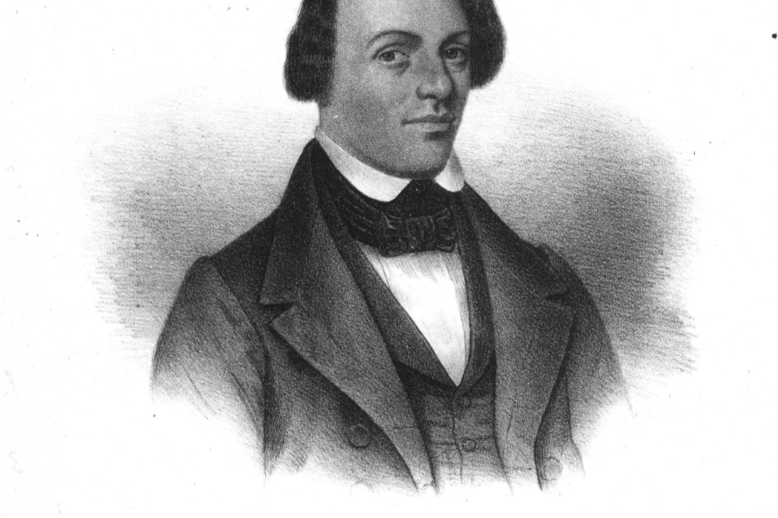Topic: Politics & Law
Politics, politicians, political clubs, laws, lawyers, courts, jurisprudence, criminals, crime, law enforcement, jails
The Brief Reign of Daniel A. Whelton, Mayor of Boston On September 14, 1905, Bostonians were shocked by the sudden death of their mayor, Patrick Collins. Collins died from an acute attack of gastritis at the Homestead Hotel in Hot Springs, Virginia, where he had been recuperating “from the cares and toils of office.” Under…
“The Opera Ejection Case”: Sarah Parker Remond, The Old Howard, and Segregation in Antebellum Boston When abolitionist and early civil rights advocate Sarah Parker Remond (1824-1894) was kicked out of an opera at the Howard Athenaeum due to her race, she went to the courts seeking justice. Her case brought issues of segregation and discrimination…
Eminent domain is the right of the state to seize the private property of an individual for a public purpose with just compensation. The third and final article in this series explores the Supreme Court decisions that influenced eminent domain policy from the mid twentieth-century to the present.
Eminent Domain Part 2: Use in Early America Eminent domain is the right of the state to seize the private property of an individual for a public purpose with just compensation. This is the second article in a series of three. This article will discuss the use of eminent domain in the early decades of…
Eminent Domain Part 1: Origins Eminent domain is the right of the state to seize the private property of an individual for a public purpose with just compensation. This article will trace the origins of the concept from Ancient Roman law to its use in Early Modern states. The formal concept of eminent domain is…
The Greatest Political Enemies of the 20th Century: West End’s Lomasney Vs. Mayor Curley In the early decades of the 20th century, two towering figures dominated Boston’s political landscape. Their rivalry was so bitter that it reshaped the very nature of urban Democratic politics. The feud between Martin Lomasney, the “Mahatma” of the West End,…
After Martin Lomasney (1859-1933), the legendary “Mahatma of Boston,” made John Ignatius Fitzgerald (1882-1966) a precinct captain at age 18, Fitzgerald became Lomasney’s right-hand man. Their political relationship provides a window into the inner workings of early-twentieth-century ward politics in the West End.
The Leverett Street Jail in Boston’s West End held several freedom seekers whose cases tested the U.S.’s Fugitive Slave Law of 1793, including the cases of Eliza Small and Polly Ann Bates (1836), and George Latimer (1842).



